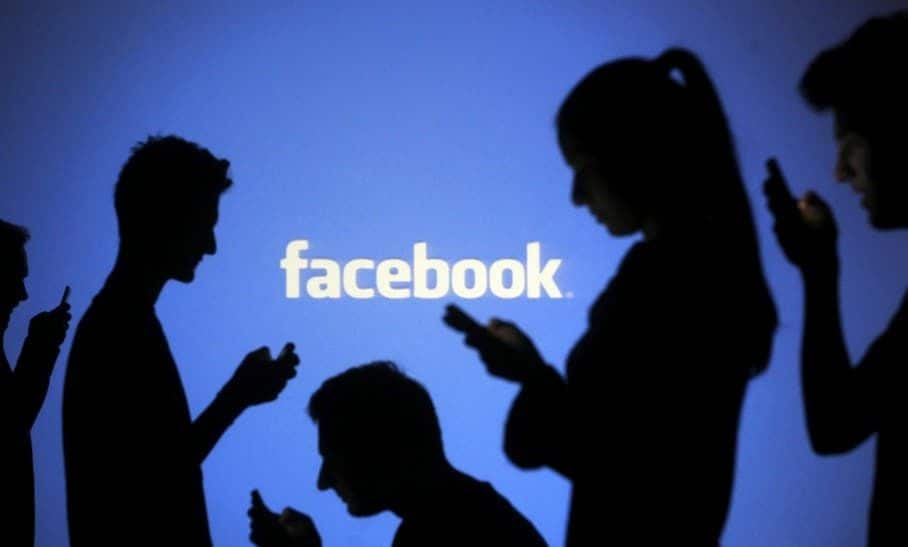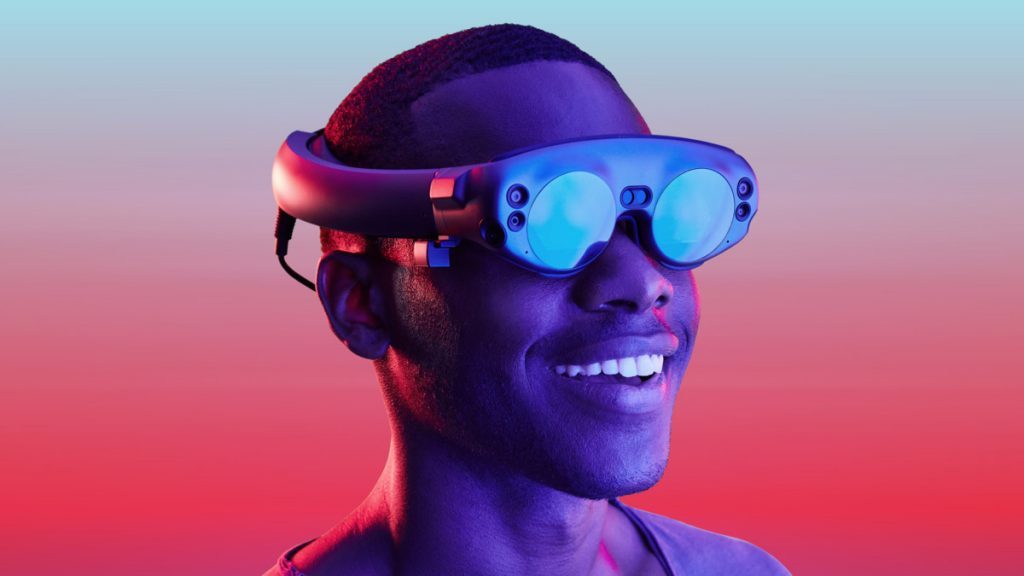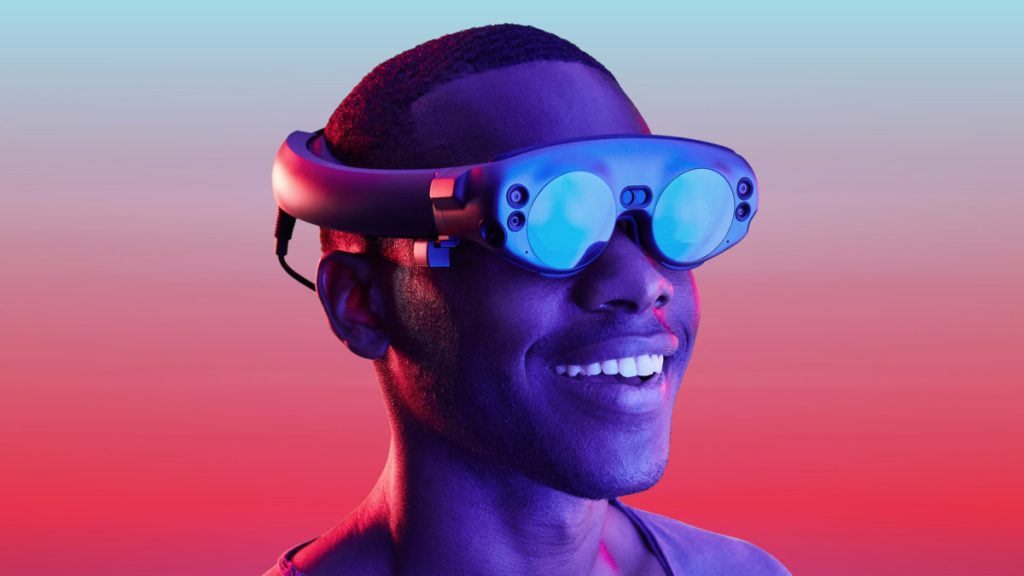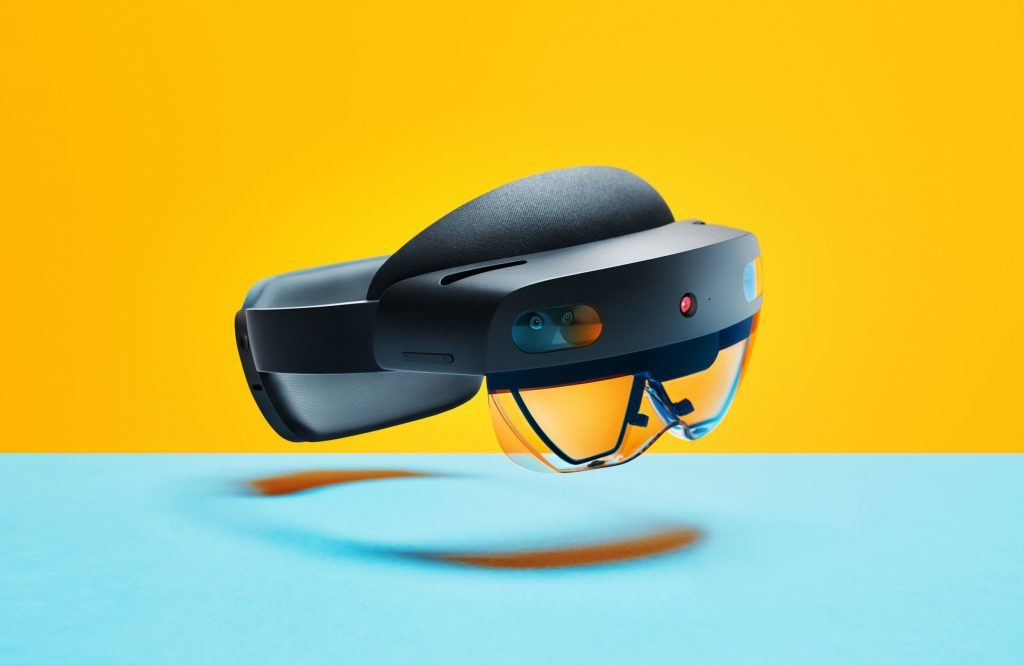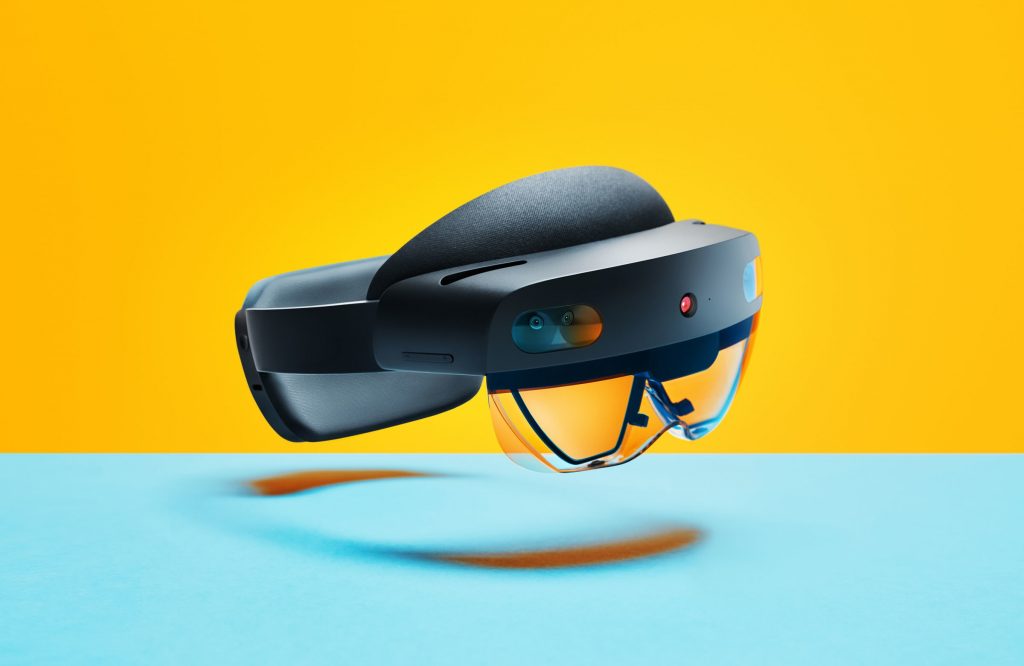Restructuring the Manufacturing Segment by Encompassing AR and VR
Mass manufacturing is one area that comprises highly automated operations, eliminating the manual labour from all the phases of a process. Building the parts of a finished product and putting them together by modernizing the supply chain helps the businesses reach the pinnacle of AR and VR development.
Yet, many manufacturing businesses lack in thoroughly preparing themselves to implement and integrate their full potential in their processes. The manufacturing sector is an area where each step of any process matters. Even the slightest of the errors in an operation can lead to a massive setback for the businesses. However, the remarkable abilities of augmented reality app development can simulate anything and everything valuable for industries.
Also Read: Virtual reality, experiencing a parallel world altogether
Essential Areas Where AR and VR are Transforming the Manufacturing Sector
AR and VR hold the managers accountable for simulating the production process by assembling the line configurations and figuring out possible threatening situations. These technologies can also be used to embed employees in a workstation to capture their movements and evaluate proficiencies. Here are some key areas where AR and VR can transform the manufacturing processes:
Addressing Labor Shortage
AR/VR technology can bring employees together in a simulated holographic environment and teach them the same level of professionalism. AR and VR can transform how employees consume information with internal training programs to attract and develop the talent manufacturers need. By overlaying digital content and analytics onto the real world, they can also provide procedural guidance, set-ups, instructions, and workflows. They can also eliminate the need to send employees on the site by creating fully immersive simulated environment experiences and virtually visit a remote plant, gas platforms, even if they are under construction.
Training for Emergencies
Operators and control engineers must always prepare themselves and employees for any type of emergencies. It includes chemical reactions, leaks, explosion, shutdown/restarts, equipment upgrades, or sudden product changeovers. AR and VR can prepare them for such emergencies in the manufacturing industry, where one needs quick action to reduce risks. It can bring immense value to all processes by providing virtual environments for practising. Features like immersive digital twins can help them practice emergency response situations and learn the nature of different responses on various operations. Also, workers can practice even if the facility is under construction or if they are in any remote location.
AR and VR can enhance and augment existing product and service designs to enable entirely new techniques. Such processes that involve rapid prototyping and collaboration can quicken and enrich the pace of a creative process. This also reduces the time taken for building physical prototypes and then translating them. It can also eliminate the processes dramatically by bringing ideas to life and products to market quicker than before. With VR, product designers can interact with a holographic model of the product in various ways. They can virtually touch parts, simulate ways of using it, create best and worst-case scenarios, and identify potential design flaws.
Also Read: Ready, Player One: How MSI Defined the Gaming Industry
Assembly and Quality Maintenance
Manufacturing companies often use paper manuals for assembly instructions for building tools while designing a product. These assembly instructions are bound to create errors while putting together the intricate designs and can also increase the cost of reassembling it. AR and VR can be of great assistance to the employees in assembling the product with the utmost accuracy with head-mounted AR headsets or tablets. It can also change the entire dynamics of the development process that takes several hours on figuring out the exact location of a part. AR and VR can also reduce the time a product takes to reach the store shelves and make the inspection procedure more efficient and productive.
Sales and Marketing
With the help of AR and VR, we get to see small and large products, how they will fit in a customer’s space, and their external & internal working. Marketing is the most integral part of designing VR and AR solutions that can make or break the experience. Users can perform better in an AR/VR simulated environment as gamification increases their memorability. However, creating a well-designed experience out of gamification involves both intrinsic and extrinsic motivations and reward schedules for effective user engagement.
Also Read: WHY DIGITAL MARKETING IS ESSENTIAL IN 2020?
Concluding Words
AR and VR technology will be doubling in pixels for better image rendering, widening its field of view, and developing better virtual sound amplification. For manufacturers already in this realm, these improvements will help drive efficiencies, increase productivity, and save both lives and money. For others, not yet engaging with VR technology, the good news is that 9series is an emerging AR/VR app development company providing the very best versions of immersive experiences. AR and VR are full of potential and enthusiasm that can undoubtedly lead to enhancement in safety, design functions, and bringing humans and machines closer.
Also Read: Oren Harnevo : The Founder of Eyeview, a Digital Marketing Company



